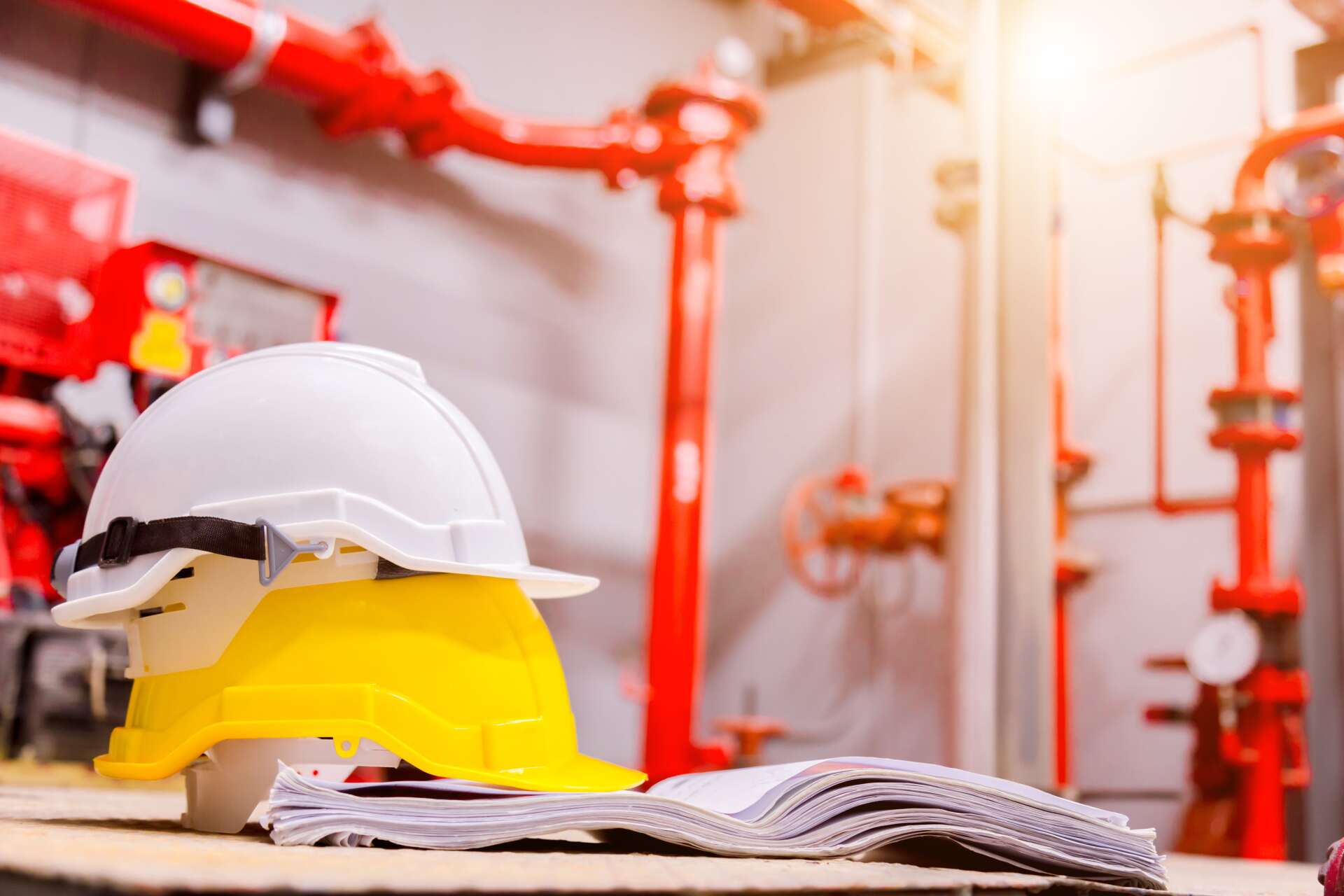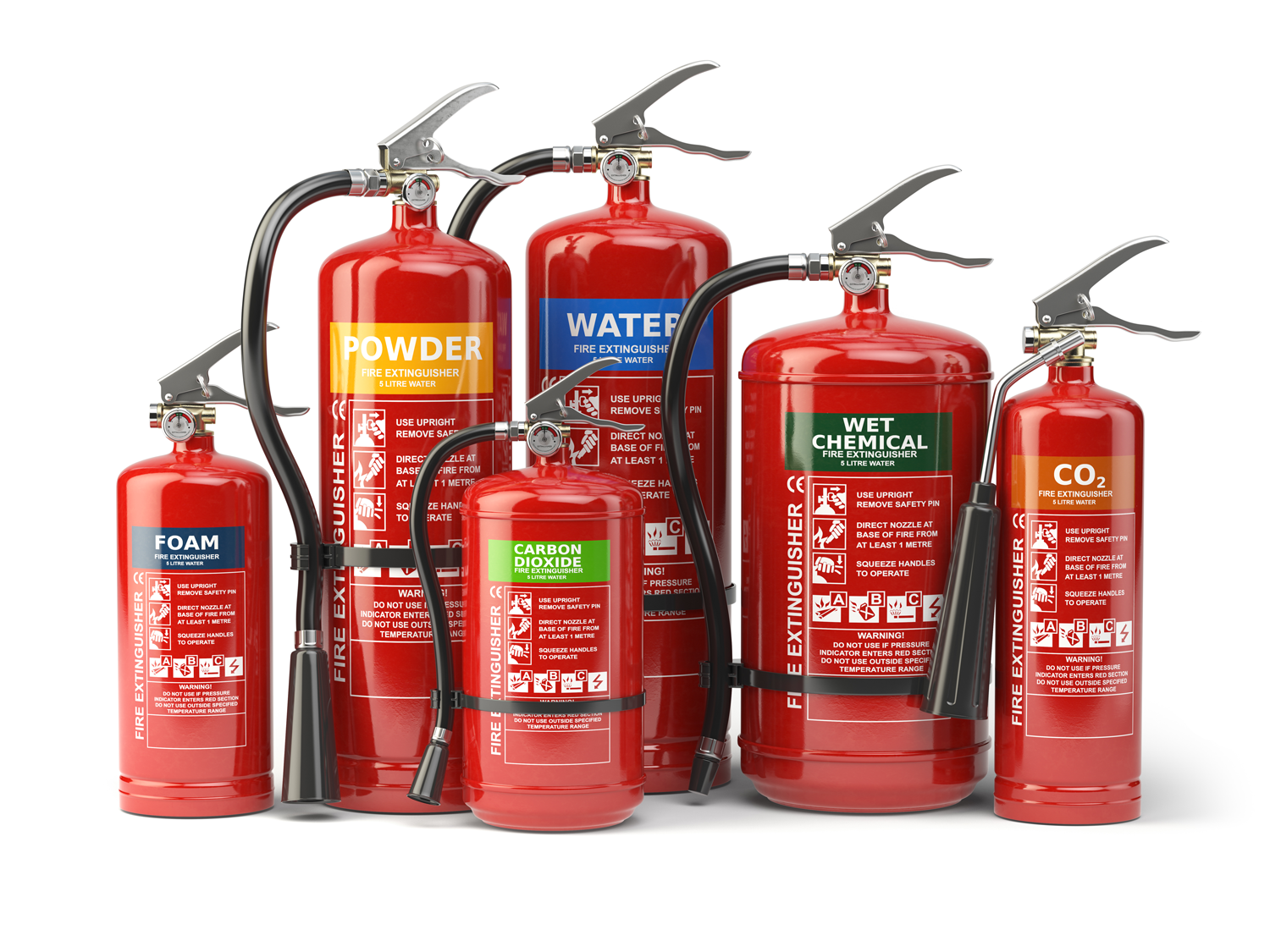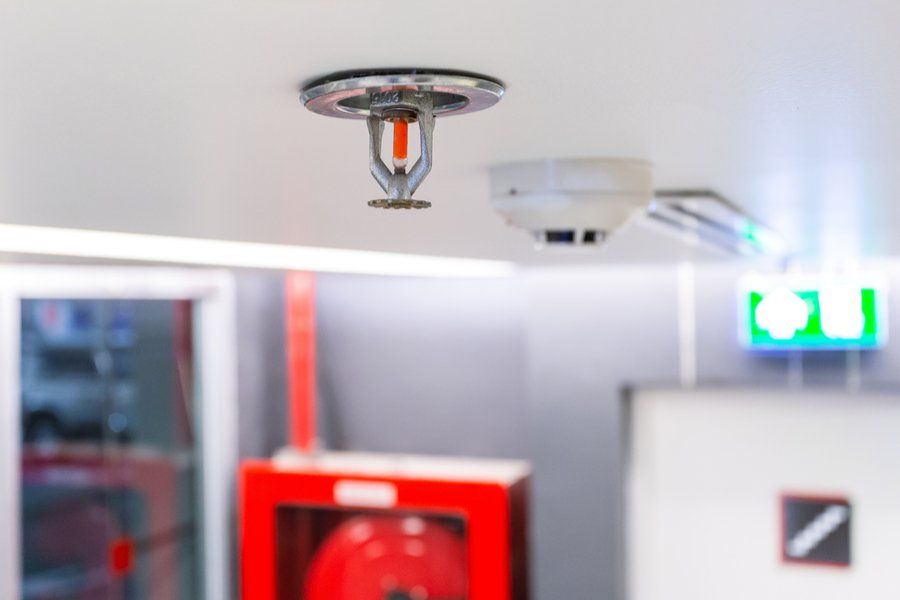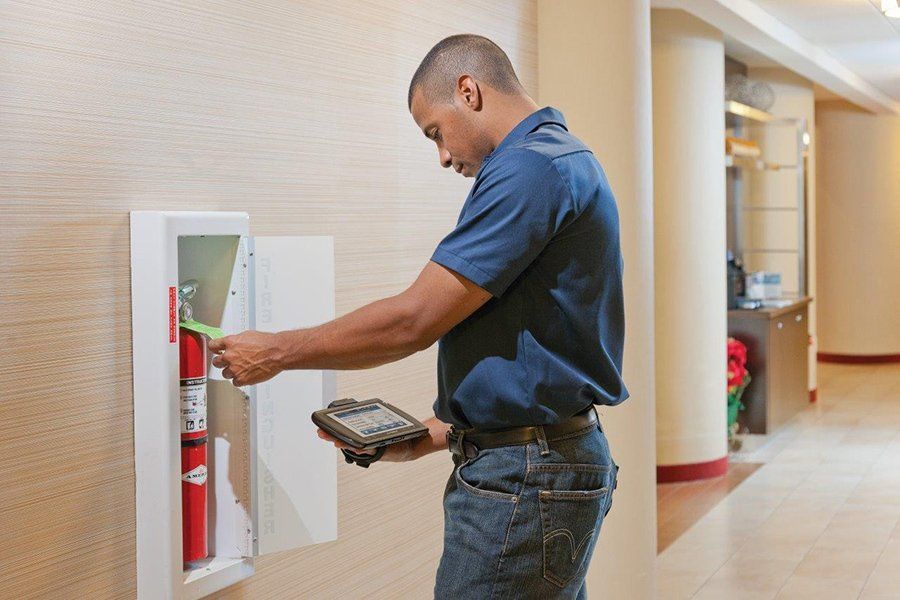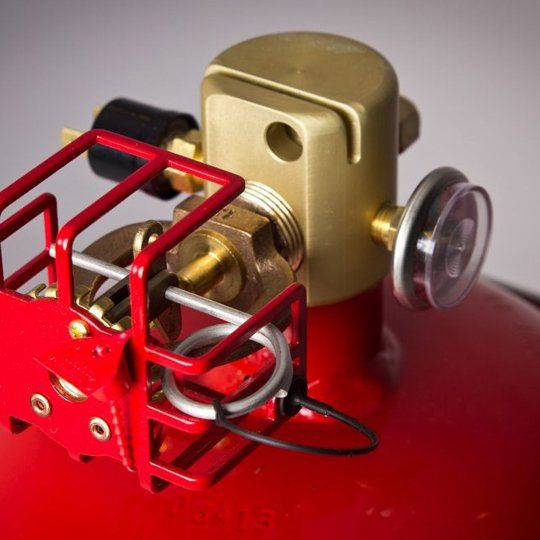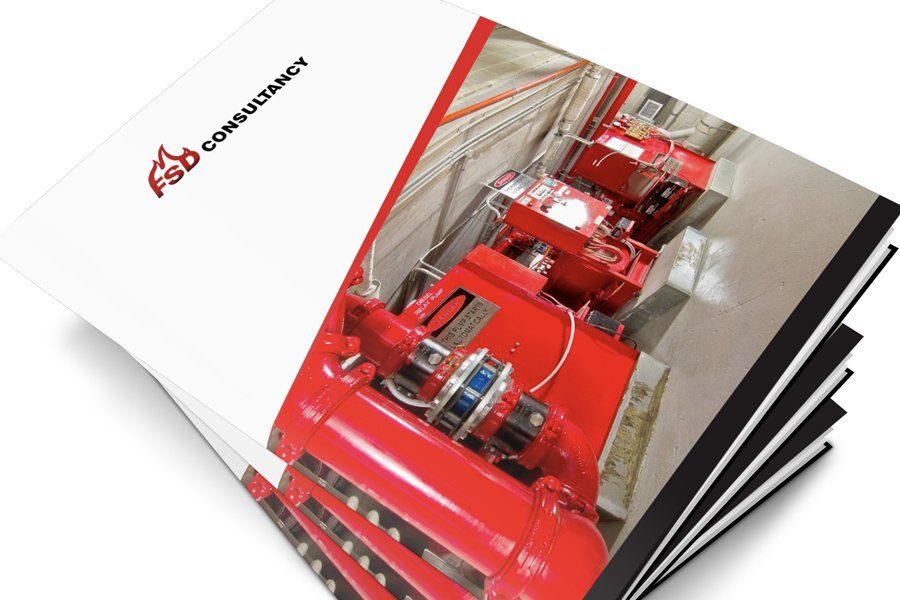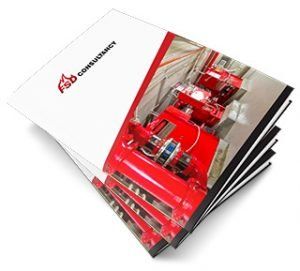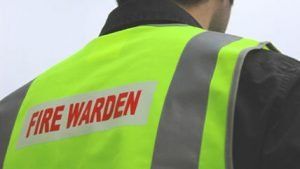The Essential Guide to Completing Your Annual Fire Safety Statement
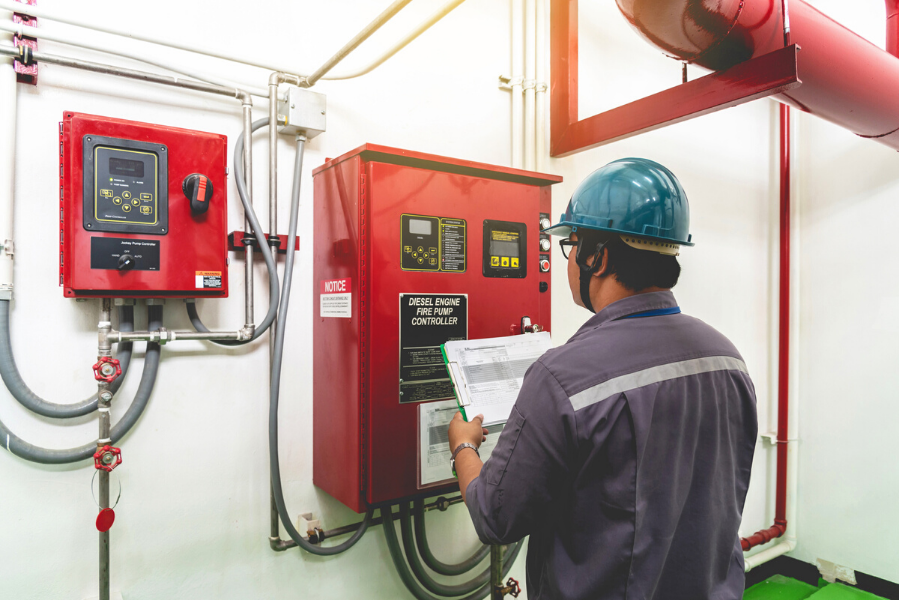
In July of 2020, the NSW Government enacted reforms through the Environmental Planning and Assessment Regulation 2000 in an effort to strengthen fire safety for new and existing buildings.
The changes relate to the assessment of the essential fire safety measures installed in the buildings and include any item of equipment, a form of construction or fire safety strategy that is or is proposed to be implemented in a building for life safety purposes in the event of a fire.
Irrespective of the size of the building these essential fire safety measures apply to all buildings except Class 1a, (cottages, townhouses and villas) and class 10, a non-habitable building or structure as outlined in building codes of Australia.
So, what is the Annual Fire Safety Statement and what requirements do you have to satisfy?
Read on to learn more about the Annual Fire Safety Statement.
What is a Fire Safety Statement?
To summarise, a fire safety statement is a document issued by or on behalf of the owner(s) of an existing building and that the statement confirms that an accredited practitioner (fire safety) has assessed the applicable essential fire safety measure and confirmed that they are capable of performing to a standard no less than that specified in the schedule and that when it was inspected, to be in a condition that did not disclose any grounds for prosecution under Division 7.
Very simply, a statement that confirms that the systems will work as required when needed.
What are Fire Safety Measures?
There are 30 statutory fire safety measures as identified in the Environmental Planning and Assessment Regulation 2000.
These measures can be installed to numerous Australian Standards or by an infinite number of performance solutions, usually in the form of an approved Fire Engineering Report.
- Access panels, doors and hoppers to fire-resisting shafts
- Automatic fail-safe devices
- Automatic fire detection and alarm systems
- Automatic fire suppression systems
- Emergency lifts
- Emergency lighting
- Emergency warning and intercommunication systems
- Exit signs
- Fire control centres and rooms
- Fire dampers
- Fire doors
- Fire hose reel systems
- Fire hydrant systems
- Fire seals protecting openings in fire-resisting components of the building
- Fire shutters
- Fire windows
- Lightweight construction
- Mechanical air handling systems
- Perimeter vehicle access for emergency vehicles
- Portable fire extinguishers
- Safety curtains in proscenium openings
- Smoke alarms and heat alarms
- Smoke and heat vents
- Smoke dampers
- Smoke detectors and heat detectors
- Smoke doors
- Solid core doors
- Standby power systems
- Wall-wetting sprinkler and drencher systems
- Warning and operational signs
What is a Competent Fire Safety Practitioner / Accredited Practitioner (Fire Safety)?
On the 1st of July 2020 The Fire Protection Accreditation Scheme (FPAS) was approved under section 59 of the Building and Development Certifiers Act 2018.
Previously known as competent fire safety practitioners (CFSP), practitioners must be accredited under FPAS if they wish to perform ‘regulated work‘ under the Environmental Planning and Assessment Regulation 2000.
Importantly this includes the ability to assess essential fire safety measures and sign the annual fire safety statement.
Now practitioners will need to hold an accreditation number for the relevant statutory fire safety measure unless they are designers who hold C8 certifier (electrical engineering) or a C14 (hydraulic certifier – buildings) registration with the Department of Customer Service.
Again simply put, any person now signing against the fire safety measures must be accredited whereas previously this was not required.
Assistance in completing your Annual Fire Safety Statement
As the owner of the building, you have a legal obligation to engage a CFSP / accredited practitioner (fire safety) to assist you in completing all of the required steps to lodge the annual fire safety statement
The process can be daunting and complex and is extremely technical in nature but is made even more complex due to the impact on occupants and with financial constraints during these difficult times
Our experienced team will be happy to step you through the process and assist you in meeting your legal obligations, contact us online or call us up at 02 9669 4032.
Our Services
- Final Fire Safety Certification
- Annual Fire Safety Statements
- Fire Engineering
- Fire Protection System Compliance Auditing
- I&T Maintenance Works Auditing
- Third Party Independent Certification
- Fire Order Review and Rectification
- Project Management of Fire Protection System Works
- Sprinkler & Hydrant Block Plans & Detection Zone Plans
- Evacuation Management Strategy, Plans and Training
- Fire Warden Training
- BCA Compliance Consultation

